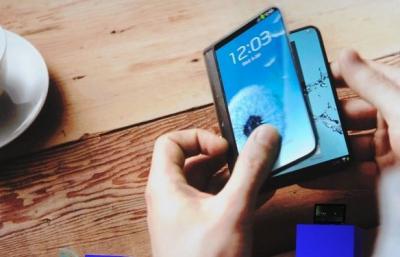Samsung Display now uses Corning's Lotus NXT glass for AMOLED substrates
Corning announced that Samsung Display adopted the company's Lotus NXT glass as its OLED panel substrate. The Lotus NXT glass was announced in June 2015, and Corning reveals that that Samsung already adopted those substrates for the Galaxy Note 5's 5.7" Quad-HD (2560x1440, 518PPI) Super AMOLED display. The Note 5 was released in August 2015.

Lotus NXT improves the 2nd-gen XT glass (launched in May 2013) with lower total pitch variations. The new glass has improved stability, and better total pitch variation performance. According to Corning, this enables display makers to produce more efficient displays (up to 15% lower power consumption), or higher resolution displays (by up to 100 additional pixels per inch).











